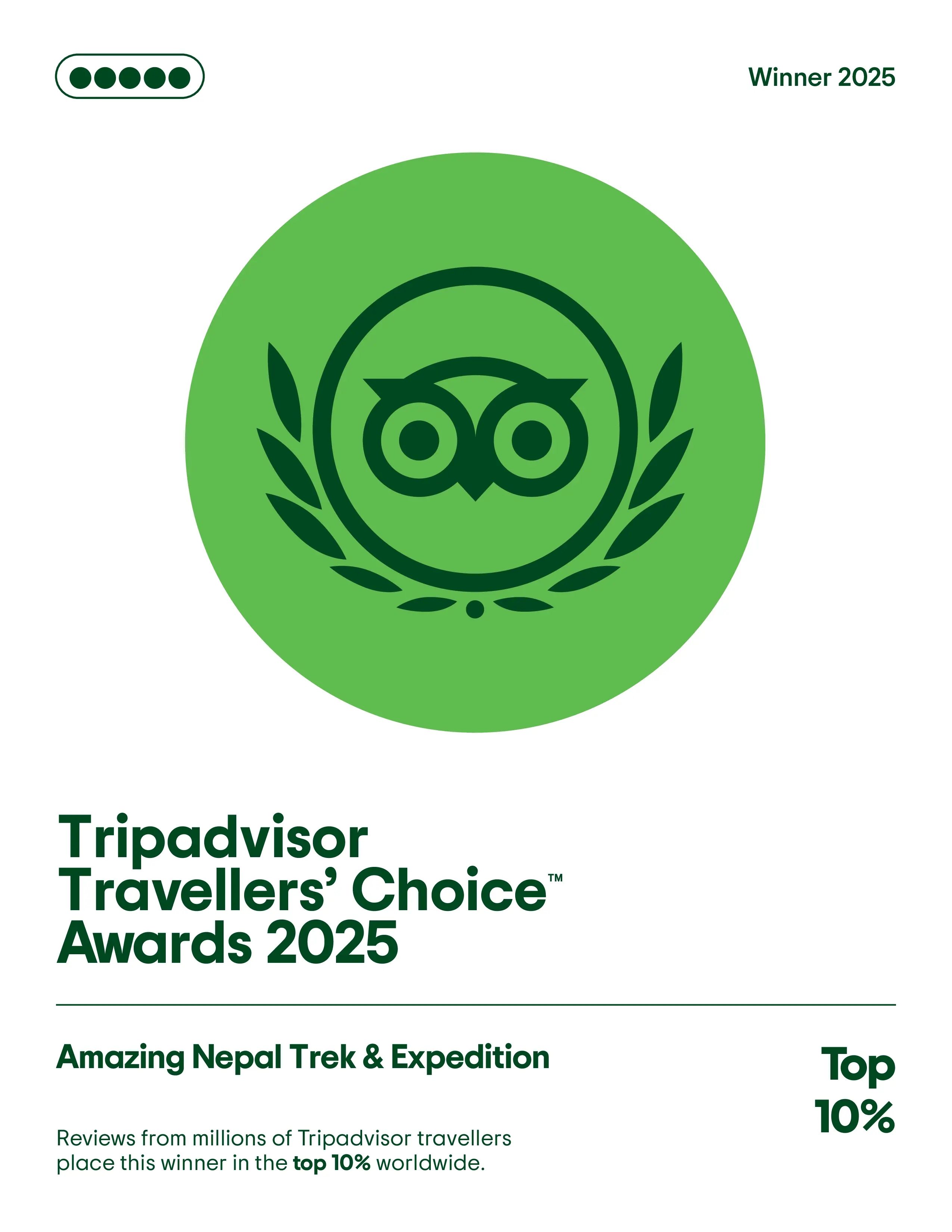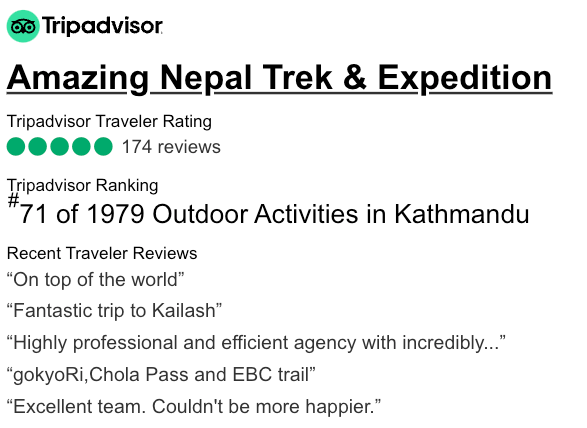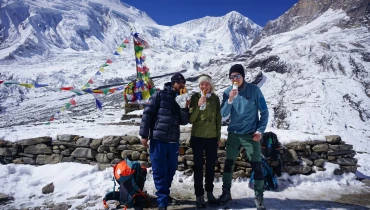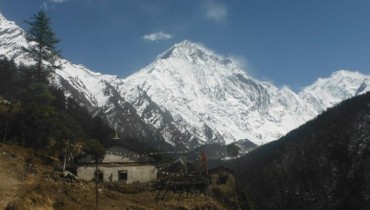Step into one of Nepal’s most scenic and culturally immersive trekking routes with our 15-Day Manaslu Circuit Trek. Winding through the majestic Manaslu Conservation Area, this journey takes you along peaceful trails, traditional Tibetan-influenced villages, and dramatic Himalayan landscapes that offer a perfect blend of adventure and authenticity.
Unlike the busier Everest and Annapurna circuits, the Manaslu trek remains a hidden gem ideal for those seeking solitude, raw beauty, and cultural depth. Standing tall at 8,156 meters (26,759 ft), Mount Manaslu, also lovingly referred to as the "Japanese Mountain", is the eighth-highest peak in the world and a constant presence throughout this incredible trek.
Your adventure begins with a scenic overland drive from Kathmandu to Maccha Khola, from where the trekking trail gradually ascends along the Budhi Gandaki River valley. This serene and remote region is characterized by its lush hillsides, cascading waterfalls, ancient pine and rhododendron forests, cultivated terraced fields, and culturally rich highland communities.
As you progress along the route, the landscape dramatically transforms from subtropical vegetation to alpine ecosystems. The pinnacle of this trek is the crossing of the Larkya La Pass (5,160 meters / 16,930 feet) a high, glaciated mountain pass that offers panoramic views of some of the most iconic peaks in the Himalayas. The crossing of this pass is not only the physical highlight of the trek but also a symbolic passage into the high Himalaya, where the silence of snow and stone dominates the horizon.
The Manaslu Circuit Trek is a moderately challenging adventure that requires a good level of physical fitness. Trekkers should be prepared for long walking days (6–8 hours) across rugged terrain, steep ascents, and high altitudes, with the highest point being the Larke Pass at 5,160 meters. While no technical climbing skills are needed, prior trekking experience and regular cardiovascular exercise—like hiking, running, or cycling—are highly recommended to build stamina and endurance for the journey.
Throughout the trek, you will encounter a vibrant mixture of Gurung, Bhote, and Tibeto-Burman communities. These ethnic groups predominantly practice Tibetan Buddhism, with elements of Hinduism influencing the lower-altitude settlements. Colorful prayer flags, intricately carved mani walls, centuries-old monasteries, and seasonal fairs in traditional Tibetan markets will give you a deeper appreciation of the region’s rich spiritual and cultural heritage.
The Manaslu Conservation Area is also home to an impressive array of wildlife, including the Himalayan Tahr, Blue Sheep, Musk Deer, and the rarely sighted Snow Leopard. Bird enthusiasts may also spot several high-altitude avian species along the trail.
Trip Highlights
- Typical old Gurung and Tibetan villages and their cultures, traditions and rituals
- Breathtaking views of Siringi Himal, Manaslu Himal, Naike peak, Himlung, Gyaji Kang, Kangaru, Namjung, Annapurna II, Cheo and Larke peaks
- Glacier views of Hinang glacier, Punggen glacier, Larkya glacier, Ponkar glacier, and Kechakyu glacier
- Crossing over Larkya La Pass (5,160m/16,930ft)
- Big Mani walls, ancient monasteries and caves
- Seasonal Fair at Tibetan markets
- Rhododendron and Oak Forests, and Greenland
- Traditional farming system

 54 Reviews on Google
|
54 Reviews on Google
|  30 Reviews on Facebook
30 Reviews on Facebook






 WhatsApp Us
WhatsApp Us




